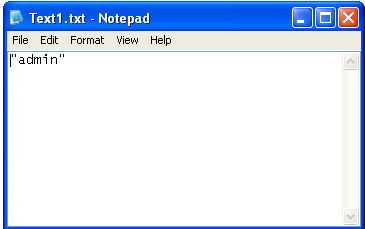
JavaScript can be very handy when you want to make the whole thing dynamic. Here is an example of using all these attributes together: Download Text File with Name We can use the download attribute to specify the name of the file where we want to put all our content after download.

We specify our actual data after all these tokens. The base64 token is optional and is needed only when you want to store binary data textually.

Its default value is text/plain charset=US-ASCII. The mediatype token is actually a MIME type that specifies the nature and format of a document or file. These URLs follow the following syntax: data:, They are ideal for embedding small files in your HTML documents. These data URLs are special URLs that are prefixed with the data: scheme. The easiest way to save a file is to use Data URLs that include all the relevant information. We will discuss three different techniques that you can use to do so.

In this tutorial, you will learn how to create and save files with JavaScript. With the advancements in web standards, we have been using it to accomplish more and more tasks that were earlier either very difficult or impossible to do with just JavaScript. JavaScript is one of the most popular programming languages around, primarily because it handles the front-end of websites while running inside a browser.


 0 kommentar(er)
0 kommentar(er)
